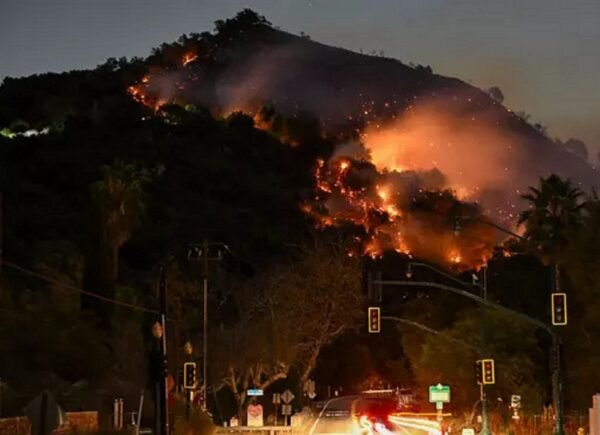LA wildfires: Is insurance the next battlefront for California residents?

The recent wildfires in Los Angeles have ignited a significant crisis in the insurance industry, raising concerns about coverage and financial stability for residents. With over 12,000 structures damaged or destroyed and insured losses projected to reach between $20 billion and $30 billion, the aftermath of these fires is expected to reshape the insurance landscape in California for years to come.
Impact on Insurance Coverage
Policy Cancellations and Non-Renewals
In the lead-up to the wildfires, many insurers, including major companies like State Farm, began canceling policies in high-risk areas. For instance, State Farm dropped approximately 1,600 policies in Pacific Palisades just months before the fires erupted. This trend reflects a broader pattern where insurers have pulled back from covering properties in fire-prone regions, exacerbating the challenges faced by homeowners seeking coverage.
Regulatory Responses
In response to the crisis, California’s Department of Insurance has implemented measures to protect homeowners. A moratorium has been placed on policy cancellations and non-renewals for properties within designated wildfire zones for one year following the declaration of a state of emergency on January 7, 2025. Moreover, new regulations are being introduced that will require insurers to maintain a significant portion of their portfolios in high-risk areas, aiming to ensure that coverage remains available despite rising risks associated with climate change.
Financial Implications
Cost Estimates
The financial ramifications of the wildfires are staggering. Analysts estimate that total damages could range from $250 billion to $275 billion when considering both insured and uninsured losses. This could make the Los Angeles wildfires the most costly natural disaster in U.S. history, surpassing even Hurricane Katrina’s losses. The high value of properties at risk and significant living expenses due to evacuations contribute to this unprecedented financial burden.
Insurance Industry Preparedness
Despite these challenges, experts believe that many insurance companies are financially robust enough to handle the claims resulting from the wildfires. Insurers are entering 2025 with adequate reserves, although there is concern that some may need to assess all California policyholders if losses exceed their reserves. The California FAIR Plan, which provides coverage for high-risk homeowners, may face significant shortfalls and could resort to charging all private insurers based on their market share if necessary.
The current situation underscores a critical juncture for California residents as they navigate the complexities of wildfire insurance. As insurers adapt to an evolving risk landscape influenced by climate change, homeowners may face higher premiums and stricter coverage terms. The ongoing regulatory changes aim to stabilize the market but also raise questions about long-term affordability and availability of insurance in fire-prone areas.
As Los Angeles grapples with the devastating impact of wildfires, insurance is poised to become a contentious battleground for residents seeking protection against future disasters. The interplay between regulatory measures and market responses will be crucial in determining how effectively homeowners can recover from this crisis.
